*Based on a retrospective analysis of VNS Therapy™ titration and dosing practice that compiled patient data from 12 clinical studies. Analysis includes randomized controlled trials and open-label observational studies. Clinical response was defined as a reduction in seizure frequency from baseline of 50% or greater2.
The Right Dose at The Right Time
Aligning clinical practice to increase chances to achieve a therapeutic response in your patients
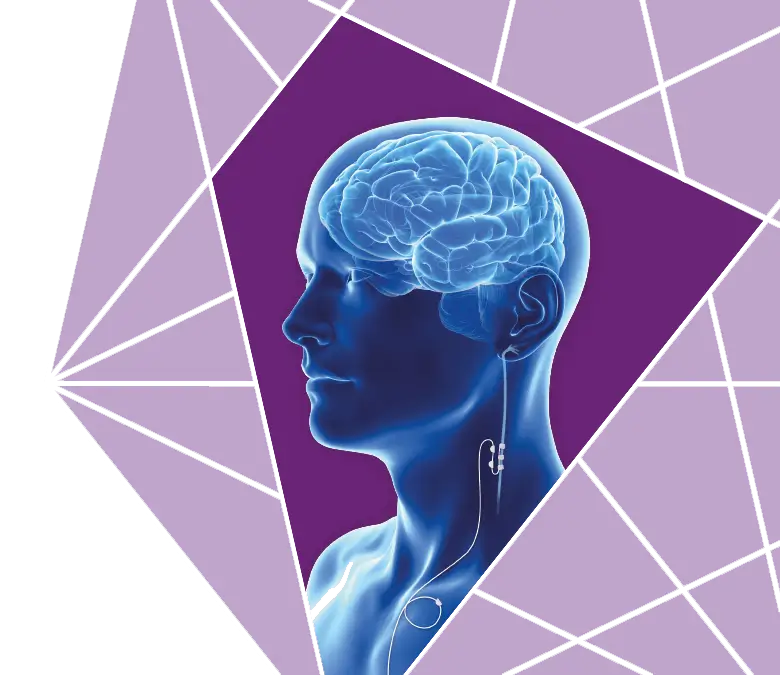
Approximately 50% of VNS Therapy™ patients take longer than 1 year to reach target dosing1
How does the VNS Therapy™ System improve outcomes for patients with DRE?
Although VNS Therapy has effectively helped manage Drug-Resistant Epilepsy (DRE) for more than 25 years, post-marketing surveillance of dosing practice revealed that approximately 50% of VNS Therapy patients take longer than 1 year to reach target dosing. Yet achieving a therapeutic response is key to improving patient outcomes.1,2
Key Dosing Parameters
Together, output current, pulse width, and signal frequency can be considered the dose of VNS Therapy. Duty cycle can be regarded as dosing frequency.
Output current and pulse width comprises the target volume whereas signal frequency and duty cycle can be considered as the therapeutic neural modulation ‘message’ for VNS Therapy.
Patients implanted and dosed shortly after their initial DRE diagnosis were shown to benefit from VNS Therapy. However, chronically underdosed patients currently on VNS Therapy may still benefit from target-range titration.2
Key considerations during dosing to improve patient outcomes*

Reach the target range for dosing
Consider the target dose combination for DRE patients as3:

Use rapid titration
Patients who were titrated to target within 3 months according to the recommended protocol achieve onset of response faster.1,3
Side effects for VNS Therapy™ in DRE patients may be similar regardless of the speed of titration schedule.1 Adjust settings as needed to ensure tolerability as patients habituate to stimulation.
Achieving a therapeutic response is key to improve patient outcomes. Explore a range of resources to support you in the dosing prcoess.
The Right Dose at The Right Time
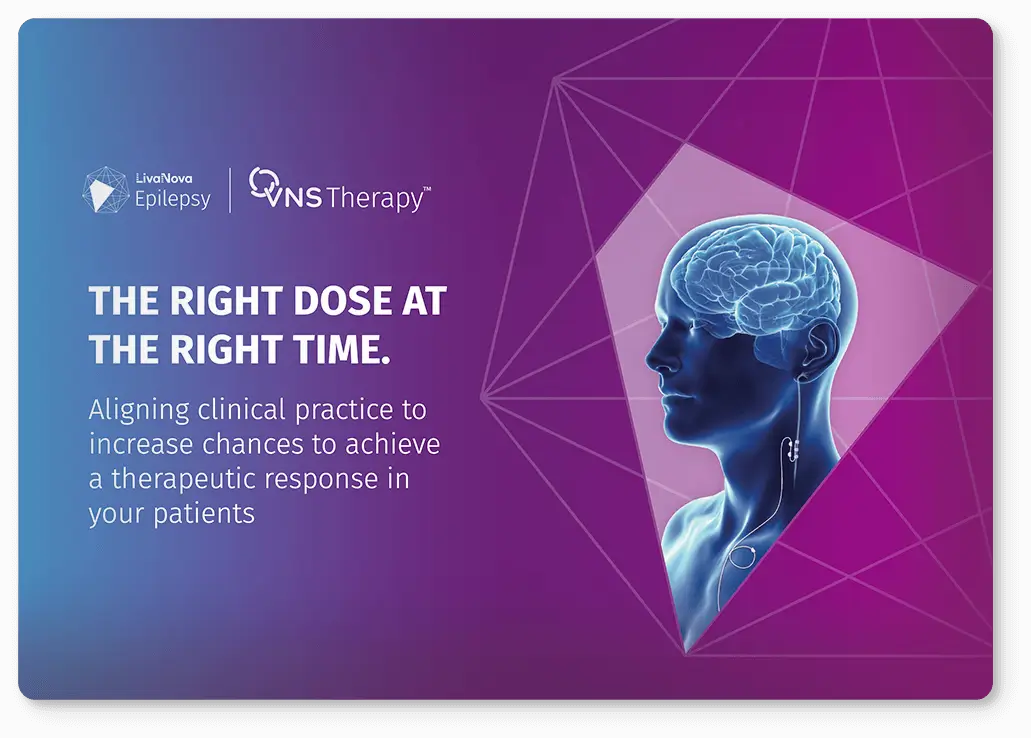
The Right Dose at The Right Time
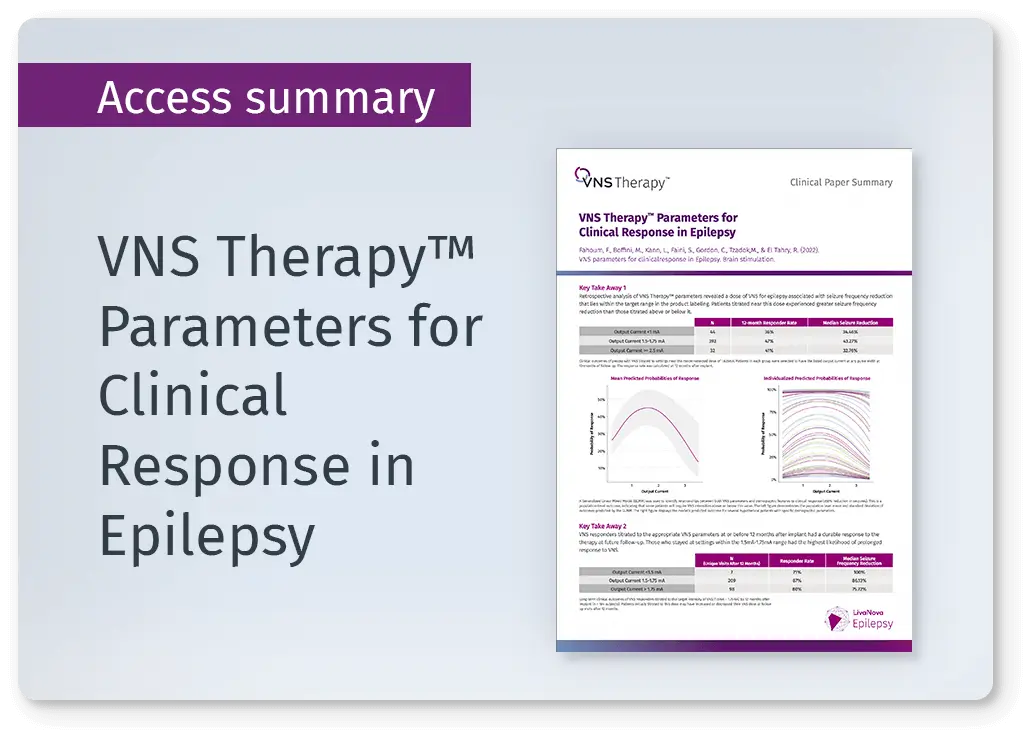
VNS Therapy™ Parameters for Clinical Response
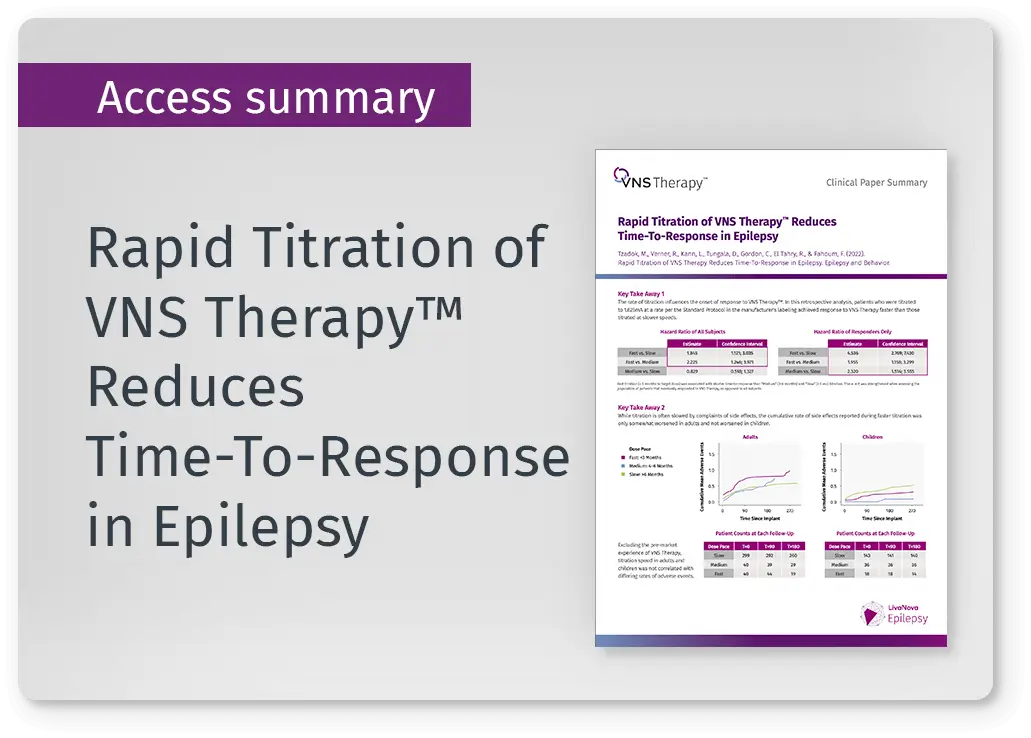
Rapid Titration Reduces Time-To-Response
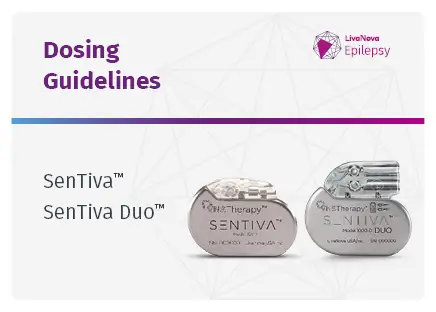
Dosing Guidelines - SenTiva™, SenTiva™ Duo
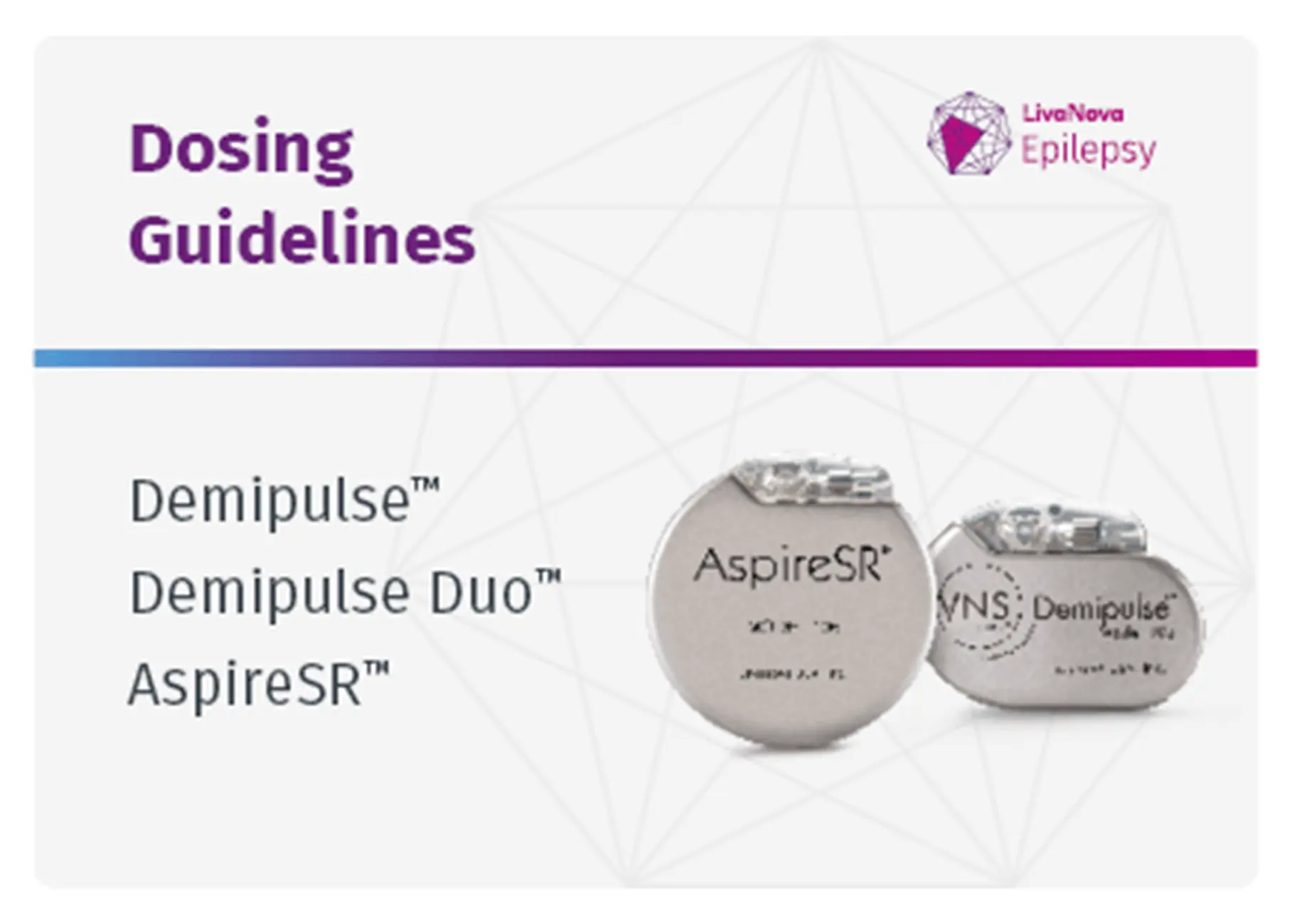
Dosing Guidelines - Other Models
For further dosing support, get in touch or contact your local VNS Therapy™ representative.
Contact UsVNS Therapy™ has proven safety and tolerability profile with side effects reducing over time
Safety Profile
VNS Therapy™ has no drug interactions and does not cause drug-related toxic central nervous system side effects.
Common side effects include hoarseness or change in voice tone, shortness of breath, sore throat, and coughing. Most side effects associated with VNS Therapy occur only during stimulation, tend to diminish over time, or are eliminated by adjusting parameter settings.
The most common side effect of the surgical procedure is infection.
For more safety information click here.
This information is not intended to serve as a substitute for a complete and thorough understanding of the material presented in the Physician’s Manuals for the VNS Therapy system and its component parts and does not represent full disclosure of all pertinent information concerning the use of this product, potential safety complications, or efficacy outcomes.
References
1. Tzadok, M., Verner, R., Kann, L., Tungala, D., Gordon, C., El Tahry, R., & Fahoum, F. (2022). Rapid Titration of VNS Therapy Reduces Time-To-Response in Epilepsy. Epilepsy and Behavior.
2. Fahoum F, Boffini M, Kann L, et al. VNS parameters for clinical response in epilepsy. Brain Stimul. 2022;(15):814-821.
3.VNS Therapy™ System Epilepsy Physician’s Manual (OUS), LivaNova USA, Inc.
